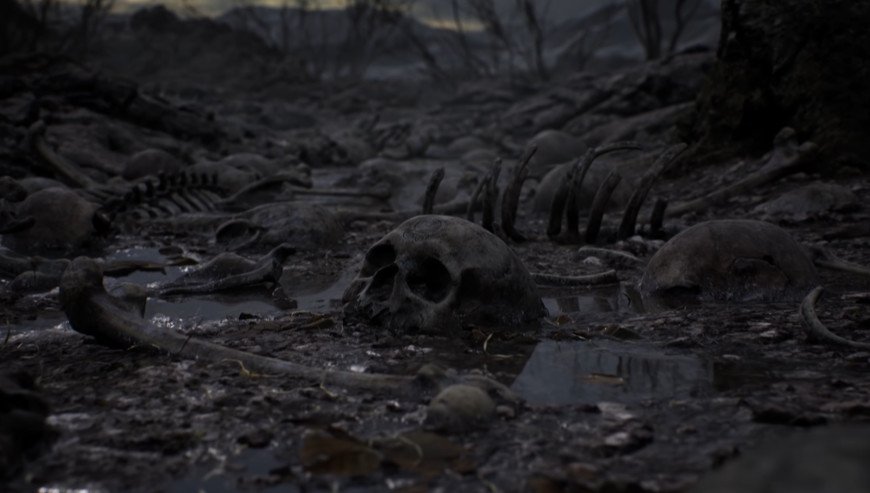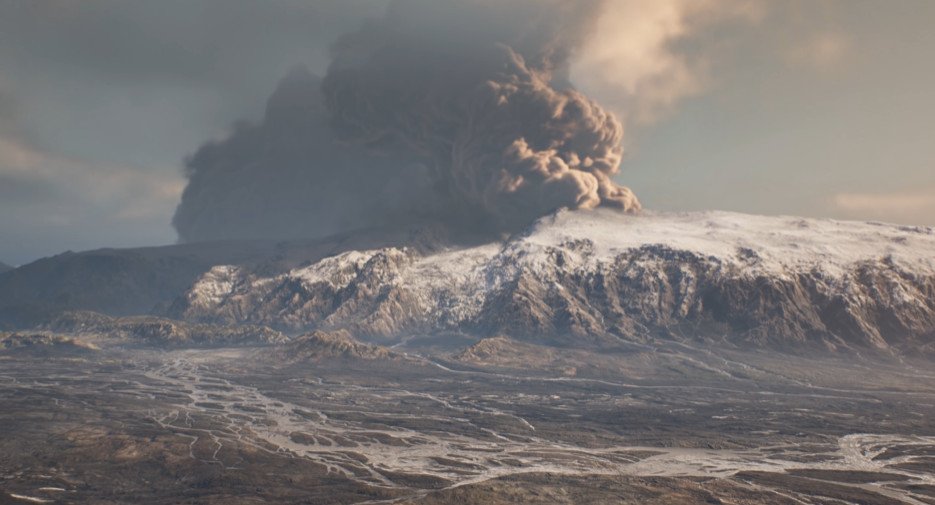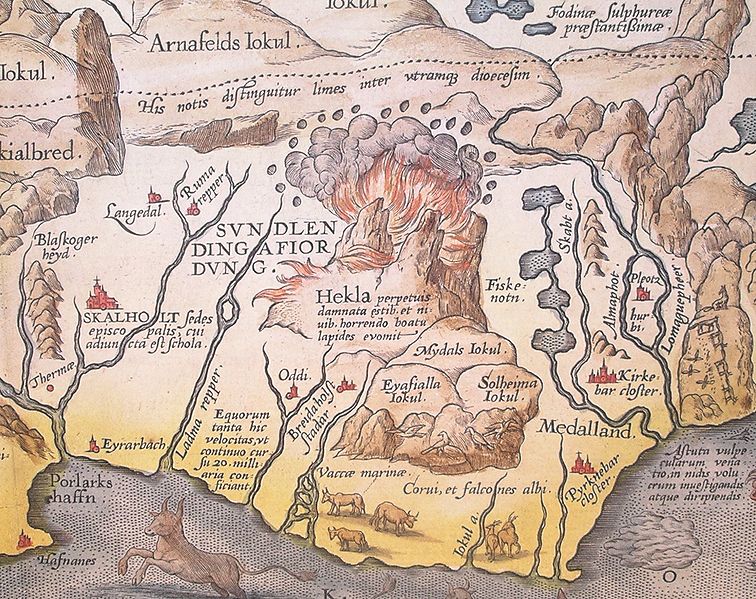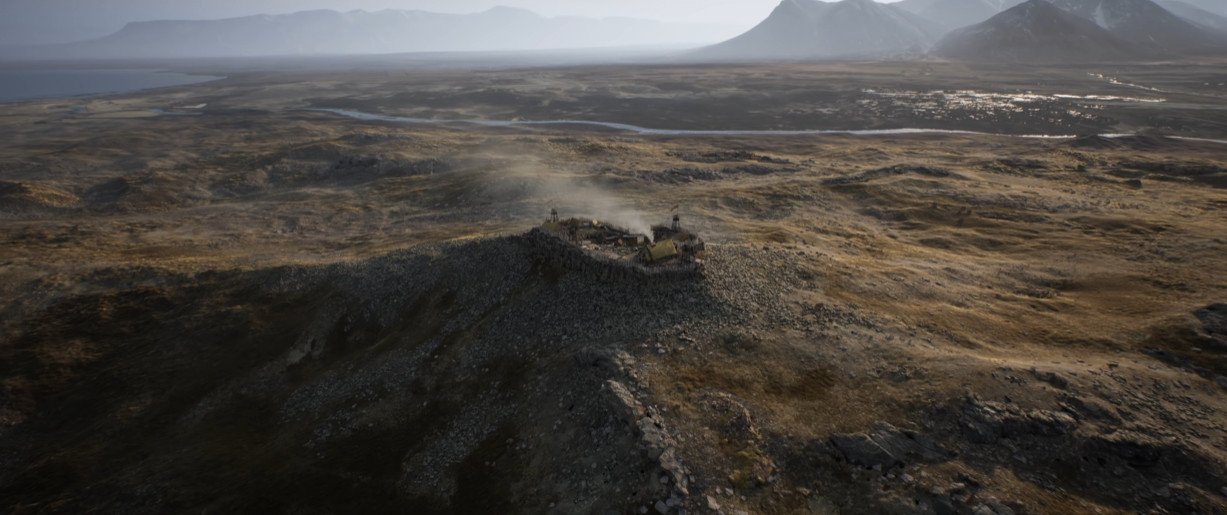Hellblade II trailer analysis: digging for gameplay and story details
Let's take a more in-depth look at the Hellblade II trailer and see if there were any potential gameplay details hidden among the hellish imagery.
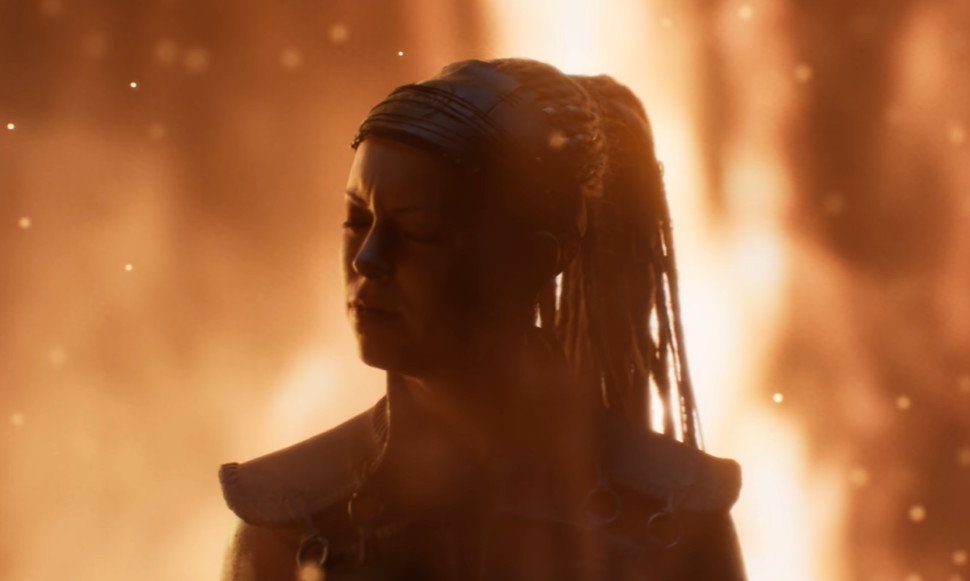
Microsoft stunned the world when it debuted the Xbox Series X at The Game Awards 2019 show, showcasing an in-engine trailer for Senua's Saga: Hellblade II right alongside it.
The first game, Hellblade: Senua's Sacrifice, was an incredibly impressive title built by, at the time, a comparatively small indie studio. Ninja Theory has since been picked up by Microsoft, and the team is already hard at work, taking the sequel far beyond the original, with visuals that look utterly ground-breaking.
The original game was somewhat limited in scope, with relatively simplistic light puzzling combined with some linear melee combat segments. What Ninja Theory utterly nailed with Hellblade was the atmosphere, set in a ghoulish vision of Helheim, as Pict warrior Senua hunts down various heathen entities in an attempt to redeem the soul of a lost lover.
Without giving away too much about the original for those who haven't played, the Hellblade II trailer does seem to offer some hints about the direction Ninja Theory may be moving both the story and gameplay towards. Let's take a look.

Play Hellblade with Xbox Game Pass
Xbox Game Pass gives you access to over a hundred games for one monthly fee. Xbox Game Pass Ultimate also adds Xbox Live Gold to the package so you can play online with your friends. The first Hellblade game, Senua's Sacrifice, is available as part of the subscription.
Disclaimer: This article may contain mild spoilers for the previous title, Hellblade: Senua's Sacrifice. This is also pure speculation and theory-crafting. So, don't take anything posted here as indicative of what may be coming in Hellblade II, it's just for fun!
The road to Hel
The first game took place in Hel, practically in its entirety, with Senua traversing various challenges from malevolent spirits. The game is relatively ambiguous about whether or not the events transpiring are truly happening, or simply metaphorical of Senua's mental state as she wrestles with her past. The game examines perceptions around mental illness in the iron age, where such things were often considered to be a "curse" or some other type of magical malady. Ninja Theory was praised for this aspect of the game, and it certainly seems likely that Ninja Theory will continue to explore this aspect of Senua throughout Hellblade II.
The trailer may depict the road to hell, or Helvegr, with paths paved with skulls and hanging limbs. The significance of the limbs could be a reverence to Odin, who is also known as "the hanged god." Odin is associated with hanging and gallows often in folklore, about the tale Hávamál and other stories, which reference how the knowledge-seeking Odin sacrificed himself in multiple ways to gain arcane knowledge. This includes hanging himself on the Yggdrassil tree, specifically in exchange for the knowledge of runes.
All the latest news, reviews, and guides for Windows and Xbox diehards.
The possible reference to Odin is significant, given the choice of song used for the trailer — more on that in a moment.
Briefly, we can also see a volcano erupting. If we're assuming the game takes place in the real world, this volcano is most likely Hekla, in Iceland, which became famous in the Iron Age for a truly gargantuan eruption which would have covered most of the island in ash.
Recent analysis has discovered that ash from Hekla made its way all around Europe, including the islands of Orkney off the north coast of Scotland, which is where Senua's tribe is from. Hekla became known as the "gateway to hell" across much of Europe as a result of this eruption, which took place around 1000 AD. Hellblade is said to take place at around 900 AD, but Ninja Theory has a lot of room to play around with the specific timelines here, given that very little is actually known about the Picts.
It certainly looks like it could be Hekla from the trailer, and before then, the camera is seen panning across the ocean, perhaps up to Iceland from Senua's home at the Orkney isles.
Senua goes to war?
Even without knowing the song and its lyrics, the thudding drums and chanted nature of the song Senua sings in the trailer is clearly a call to war. The song is In Meidjan by Heilung, who is also working with Ninja Theory on the full soundtrack. They may well have chosen this song for the trailer simply because it sounds cool, but the lyrics specifically call upon Germanic/Norse gods of Tyr and Odin to join the invokers in battle.
Proto-Germanic: "Tawol Athodu Ek Erilaz Owlthuthewaz Niwaremariz Saawilagar Hateka Harja."English: "I, the Rune Master, servant of Odin, call upon the one of the Sun to aid our army."
After completing the chant, we can see Senua is flanked by an army, presumably on her side, who all get bathed with light as runes form upon a village. The same rune can be seen upon warrior shields who stalk across a coastal area at night as well.
Source: Microsoft
The warriors hold their position as some kind of giant emerges from the rock, which appears black and possibly volcanic. This may be Hellblade's interpretation of a troll, which are sometimes depicted as dwelling within rocks, as well as in caves and such. Is Senua's tribe invading other lands? Or are they perhaps defending their own?
Does Senua have a "base"?
Multiple times throughout the trailer, we're shown a village on a hill, which appears to have significance both in terms of the plot and speculatively, about gameplay.
The runic pattern that Senua appears to invoke is a stylized version of the Helm of Awe or Ægishjálmur. The Poetic Eddas described the Helm of Awe pattern as such.
The Helm of Awe I wore before the sons of men In defense of my treasure; Amongst all, I alone was strong, I thought to myself, For I found no power a match for my own.
The helm is constructed of Algiz runes, which are often associated with protection. To form this around a village implies the need to protect it from something. The soldiers that attack the coastal giant also bear the Helm of Awe pattern on their shields, linking them to the village we see a few times in the trailer.
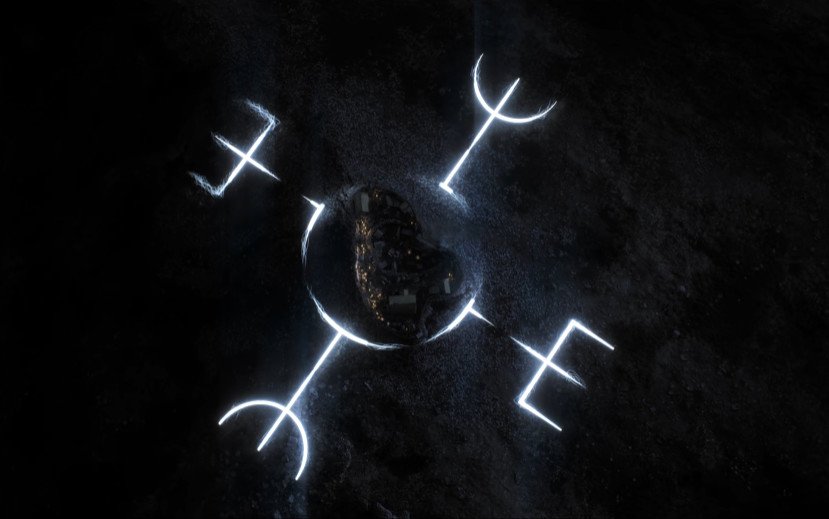
I don't think it's a coincidence that Ninja Theory shows us this village multiple times, while also ending the trailer on it. It could indicate that it has some real gameplay significance, or forms a major plot point for Senua.
What do you think?
Of course, this is all speculation. It could be a simple case of overthinking (but hey, it's fun), and that Ninja Theory simply incorporated various mythological references to make a trailer that is inarguably damn cool. However, Ninja Theory has shown a specific amount of appreciation and respect for what we know about the old ways, injecting plenty of additional lore for players to find in the original game.
There are also a few unknowns that I wasn't able to really figure out. The druidic looking fellows who appear to sacrifice a human on a giant wicker Algiz rune, are they allied with or against Senua? Are they all in the same scene from different angles? There are a lot of unknowns to be unpicked even now.
Without spoiling the ending of the original game, Senua has plenty of reasons to go on the warpath in Hellblade II, and this time it looks like she may have help.
Related: Everything we know so far about Hellblade II
Xbox Series X/S
Main
- Xbox Series X: Everything we know
- Best games coming to Xbox Series X/S
- List of Xbox Series X specs
- What is the Xbox Series X release date?
- How much does Xbox Series X cost?
- Why you can't preorder Xbox Series X yet
- Best Xbox Series X Headsets

Jez Corden is the Executive Editor at Windows Central, focusing primarily on all things Xbox and gaming. Jez is known for breaking exclusive news and analysis as relates to the Microsoft ecosystem while being powered by tea. Follow on Twitter (X) and tune in to the XB2 Podcast, all about, you guessed it, Xbox!
